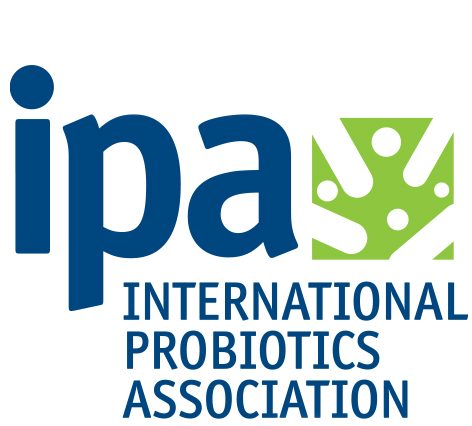The IPA Scientific Committee wrote a blog about this when Lactobacillus decided it didn’t want to be such a huge genus any longer. Published in 2020 was the research on the how and why this name change was needed. A taxonomic note on the genus Lactobacillus.
Just to clarify that the real purpose of naming or classifying (living) things is to improve communication, The biodiversity around us is huge: plants, insects and spiders; cats, dogs and horses; bacteria, yeasts and fungi. They are part of our daily life and part of our dear body. We like to know what we are dealing with 24h a day, so we need to be able to talk and communicate about it. That is why Nomenclature was invented.
Recent adoptions on the QPS list by EFSA… read more here
In 2020 there were over 280 species of the genus Bacillus (>390 when counting synonyms). As the genus Lactobacillus before, this was considered a “taxonomic anomaly”!. The genus Bacillus was roughly divided in two clades, the B. subtilis clade and the B. cereus clade (containing the pathogens B. anthracis and B. cereus). Using the sequence of over 300 genomes, Gupta and coworkers (1) showed the presence of another 17 new, distinct clades. Based on a strong phylogenetic and molecular base, all 17 Bacillus clades were given a new genus name (Alteribacter, Ectobacillus, Evansella, Ferdinandcohnia, Gottfriedia, Heyndrickxia, Lederbergia, Litchfieldia, Margalitia, Niallia, Priestia, Robertmurraya, Rossellomorea, Schinkia, Siminovitchia, Sutcliffiella and Weizmannia). The species Robertmurraya kyonggiensis was also created for Bacillus kyonggiensis. Results furthermore pointed to other misnamed Bacillus species, which consequently were transferred to genera like Alkalicoccus, Caldalkalibacillus, Caldibacillus, Salibacterium and Salisediminibacterium.
The advantage of this subdivision, as for the earlier spilt of the genus Lactobacillus (2) is the more comprehensive separation of potential pathogenic species with species that have a safe history of use in foods.
Recently the European Food Safety Authority (EFSA) updated the QPS list with these new names. The new list can be downloaded here (https://zenodo.org/record/5905365/files/Appendix%20E%20Updated%20list%20of%20QPS%20recommended%20biological%20agents_Jan22%20QPS15.xlsx?download=1).
It happened again, and it will happen again.
- Gupta et al., Int. J. Syst. Evol. Microbiol. 2020;70:5753–5798; DOI 10.1099/ijsem.0.004475
- Zheng et al., Int. J. Syst. Evol. Microbiol. 2020;70:2782–2858; DOI 10.1099/ijsem.0.004107
Finally, IPA reached out to governmental authorities around the globe in support of these changes. We shared an information letter to inform the appropriate regulatory authorities of the recent taxonomic update to the genus Lactobacillus, to request regulatory discretion for labeling practices, to provide support needed for list updates including species formerly classified as Lactobacillus, and to request feedback on estimated timelines to incorporate this change. Connecting with different regulatory bodies together with the scientific community was key in ensuring greater harmonization, lessen disruptions on imports/exports and minimize consumer confusion with regards to same products being named differently from a country/jurisdiction to another. Global implementation of taxonomy changes for microbial ingredients and continued dialogue was our message. As long as technology evolves nomenclature reclassifications will always be part of the microbial world.
